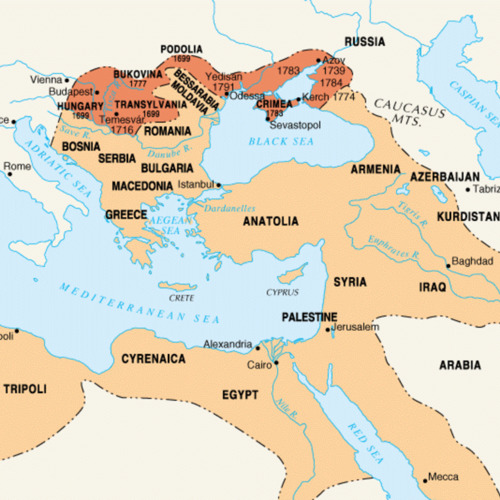
This exhibit looks to understand the impact of the first press to print in Arabic in the Middle East, the Aleppo Press, established by Athanasius Dabbas in 1706. Dabbas' productions eventually led to the establishment of a subsequent press in Constantinople by Muslims who printed in Arabic for the first time.
The significance of these presses that were established in the Middle East came from a desire to resist the pressure of Catholicism. Influenced by Eastern European countries such as Romania, where the percentage of Orthodox Christians was high, people like Dabbas wanted to bring these religious texts to the people in the Middle East. Resistance against “Catholic missionary assault,” helped expand religious freedom and keep traditions of Orthodox Christian religions alive. Forms of Christianity were the minority in the Ottoman Empire with the majority following Islamic traditions.
With the spread of Catholicism, religious texts outside of these ideals were hard to come by which is where the Aleppo Press excelled. These productions were made well and “were used as a basis for further editions for a whole century” (Fedorov). Though European culture was influencing the Middle Eastern elites, this press is an example of resistance towards total conformity. The fact that the productions of the Aleppo Press served to influence the subsequent press as well as other Ottoman Empire presses goes to show why it was such an important press. One of the most interesting and impactful aspects is that this press served as a symbol of resistance against conformity, especially when most other presses that printed religious texts focused on spreading the knowledge of whatever religion the majority of the population followed.
There is some deabte on whether or not the texts that were printed were truly in support of Christians and instead edited to bribng in more beliefs from the Roman Catholic traditions. This is an interesting comment to keep in mind espeically with discussion on how texts are changed after production. Still, this press was spreading information that was believed by a minority of the population which is not something every press was able to do.
Credits
Caroline Scheil